Brief History of Radio
Hiram Percy Maxim
Founder of ARRL
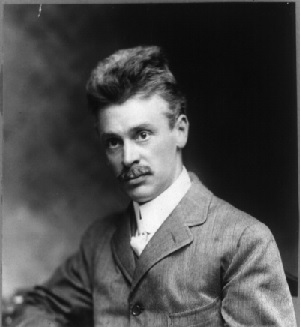
Hiram Percy Maxim (September 2, 1869 – February 17, 1936) was an American radio pioneer and inventor, and co-founder (with Clarence D. Tuska) of the American Radio Relay League (ARRL). He originally had the amateur call signs SNY, 1WH, 1ZM, (after World War I) 1AW, and later W1AW, which is now the ARRL Headquarters club station call sign. His rotary spark-gap transmitter "Old Betsy" has a place of honor at the ARRL Headquarters.
Inventor of the super hetrodyne receiver
Edwin Howard Armstrong
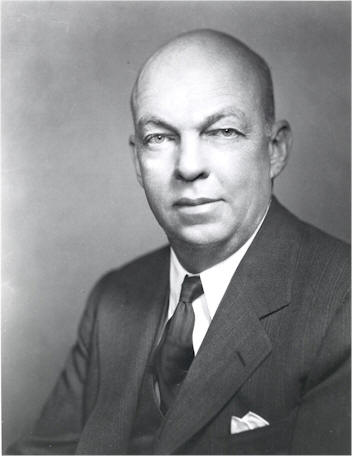
Armstrong has
been called "the most prolific and influential inventorin radio history".
The superheterodyne process is still extensively used by radio equipment.
Eighty years after its invention, FM technology has started to be
supplemented, and in some cases replaced, by more efficient digital
technologies.
Father Of Radio
Italian inventor and engineer Guglielmo Marconi (1874-1937)
developed, demonstrated and marketed the first successful
long-distance wireless telegraph and in 1901 broadcast the first
transatlantic radio signal. His company’s Marconi radios ended the
isolation of ocean travel and saved hundreds of lives, including all
of the surviving passengers from the sinking Titanic. In 1909 he
shared the Nobel Prize in Physics for his radio work.
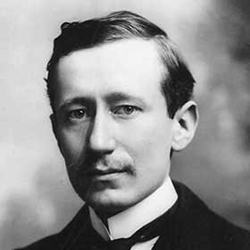
The Letter "S"
Marconi began to work on improving his wireless for a transatlantic broadcast. Many physicists argued that radio waves traveled in straight lines, making it impossible for signals to be broadcast beyond the horizon, but Marconi believed they would follow the planet’s curvature. (In fact, the waves do travel in straight lines but bounce off the ionosphere, approximating a curve.) After failed attempts to receive a signal from England on Cape Cod, Massachusetts, Marconi decided to try a shorter distance, from Cornwall to Newfoundland.
The radio signal broadcast from Poldhu, Cornwall, was as powerful as Marconi’s team could make it—at full power, the equipment sent out sparks a foot long. Some 2,100 miles away, atop Signal Hill in St. John’s, Marconi attached an antenna first to a balloon, which blew away, and then to a kite on a 500-foot tether. On December 12, 1901, he picked up a faint three-dot sequence—the Morse Code letter “s.”


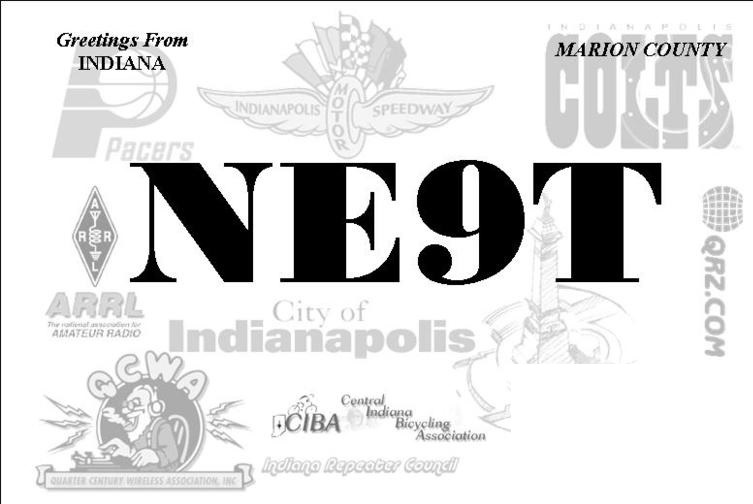
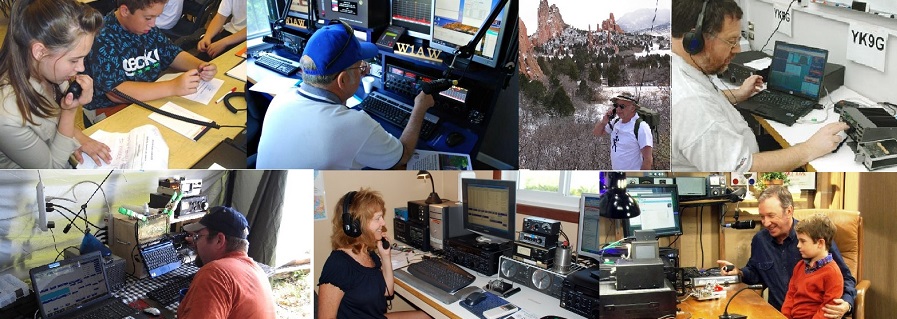

Connect With Us :
Contact ARRL - 1-860-594-0200